
Wednesday, June 26, 2024
In this series, we'll discuss the steps a content creator can take to make themselves censorship-resistant, starting with the easiest-to-understand concepts that are closest to what a content creator already does, then stepping progressively into platforms and technologies that will require more knowledge.
In this first part, we'll start with how the Web evolved into the censorship landscape we see today and discuss one very useful tool that can make it much more difficult to remove a creator's content from the Web.
The Web was once a cool, nerdy place where people posted and hosted their own information. Liberty-minded people thought that the democratization of data and access to the public was going to be a huge revolution for information and Web users would wind up being the most informed humans that ever lived. That was Web 1.0. Nobody knew about cat videos, yet!
Then came Web 2.0 and people didn't immediately notice the negatives. Media giants set up centralized platforms. Search engines were largely consolidated into one major Goolag. Many were "freed" from the responsiblity of creating and editing their own websites, as centralized "social network" platforms emerged where they could easily be found by friends and family, post content on pretty interfaces that were prepared for them, and avoid all the pesky details of managing their own content.
With Web 2.0's addition of video, a similar event occurred where content creators could easily post their content to a platform that would host their content. Again, it was easier for creators and and it was also easier for consumers to find content. Algorithms made it easier to find content that a viewer might enjoy.
What people didn't immediately realize, but has become increasingly obvious over the past eight years, is that centralization is used to control narratives, enforce right-think, instill fear, and even sway elections. Mind control. Alternative topics that aren't in the current Overton Window of acceptability are not only shunned by a lack of interest (which would be a proper market function), but the platforms use their algorithms to actively shadow-ban, isolate, and demonetize. If that's not enough, they offer re-education, bring in "fact-checkers," and even cancel and delete accounts. Censorship appeared to reach a peak during the Covid years, but here at ACTC we expect that it will actually get worse during the course of 2024's (s)elections and beyond.
We recognize that alternatives are needed. Content creators need to break loose from Big Tech if they are to regain their freedoms, say what they want to say, inform the world of their thoughts and information, and even gain the potential benefits of their work, rather than giving it all away to Big Tech for dubious returns that can be snatched away for capricious reasons.
Are these platforms truly evil? While it's true that Google had to ditch their "Don't be evil" motto, it's not easy to say. Evil or not, the Big Tech (Corporate Media) platforms are largely reactive with what they face in a world of rich, powerful, and (often) corrupt people. Without going into detail, the following example incentives are used to get platforms to bring content "in line."
In recent years, we've seen quite a few "free speech" platforms pop up to channel traffic away from the worst of the Big Tech platforms with their reputations for cancellation and censorship. We are cautious about these platforms, but there are benefits in meeting content consumers where they are.
Just to name a couple well-known alternative platforms and consider the implications:
The main problem with centralized platforms is that you have to trust the intentions of the people controlling the platform and those that influence them. Companies can also get bought-out, go bankrupt, receive government pressure, and even lose their webhosting (e.g. Parler getting shut down by losing AWS hosting).

Matt Raymer of ContentSafe is involved with ACTC, and he works hard to make content creators censorship-resistant by offering a syndication system. While centralized systems have a number of potential flaws and vulnerabilities, it pays to meet content consumers where they are. ContentSafe enhances that proposition by spreading content across many platforms. ContentSafe currently covers more than a dozen platforms ranging from Big Tech to Free Speech and less-known alternative platforms. Some of the platforms even take serious steps toward decentralization. By offering a service where a content creator uploads their content once and see it spread across multiple platforms, ContentSafe saves time, while maximizing exposure and making it very improbable that content will be removed from the Web entirely.
At ACTC, we'd like to see Matt's business enhanced to build the larger success that it deserves to be, while serving and protecting free speech. This is one of the systems that we will be promoting.
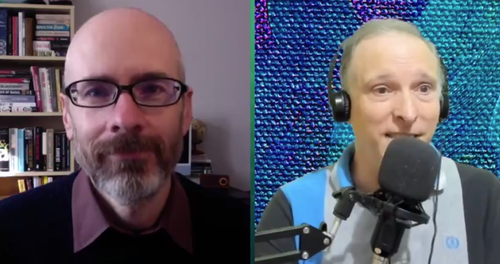
If you'd like to learn more, we recommend checking out The Corbett Report's video where James Corbett interviews Matt Raymer about his platform.
Like the rest of us at ACTC, Matt Raymer is very interested in taking anti-censorship technologies to a higher level. Please continue to follow our articles here on anti-cen.com, and we will share more about the path we are pursuing.
Please sign up for email updates, so that we can keep you informed!
--Mark-A-Billy

Tuesday, November 25, 2025
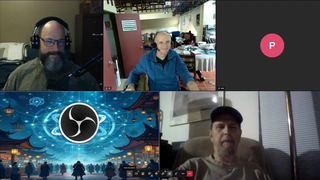
Thursday, September 25, 2025
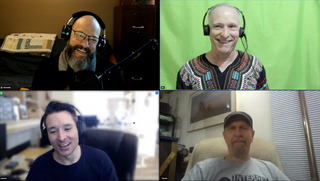
Friday, August 15, 2025

Sunday, June 15, 2025

Monday, May 19, 2025

Wednesday, April 30, 2025

Sunday, December 8, 2024

Sunday, October 20, 2024

Sunday, October 6, 2024

Sunday, September 15, 2024
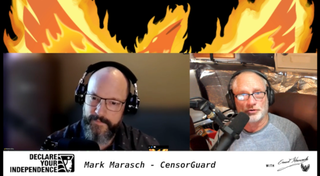
Tuesday, August 13, 2024

Thursday, August 22, 2024
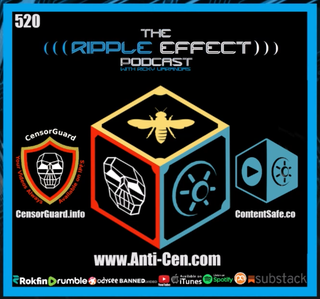
Tuesday, August 13, 2024

Sunday, August 4, 2024

Tuesday, July 2, 2024

Wednesday, June 26, 2024

Sunday, June 2, 2024